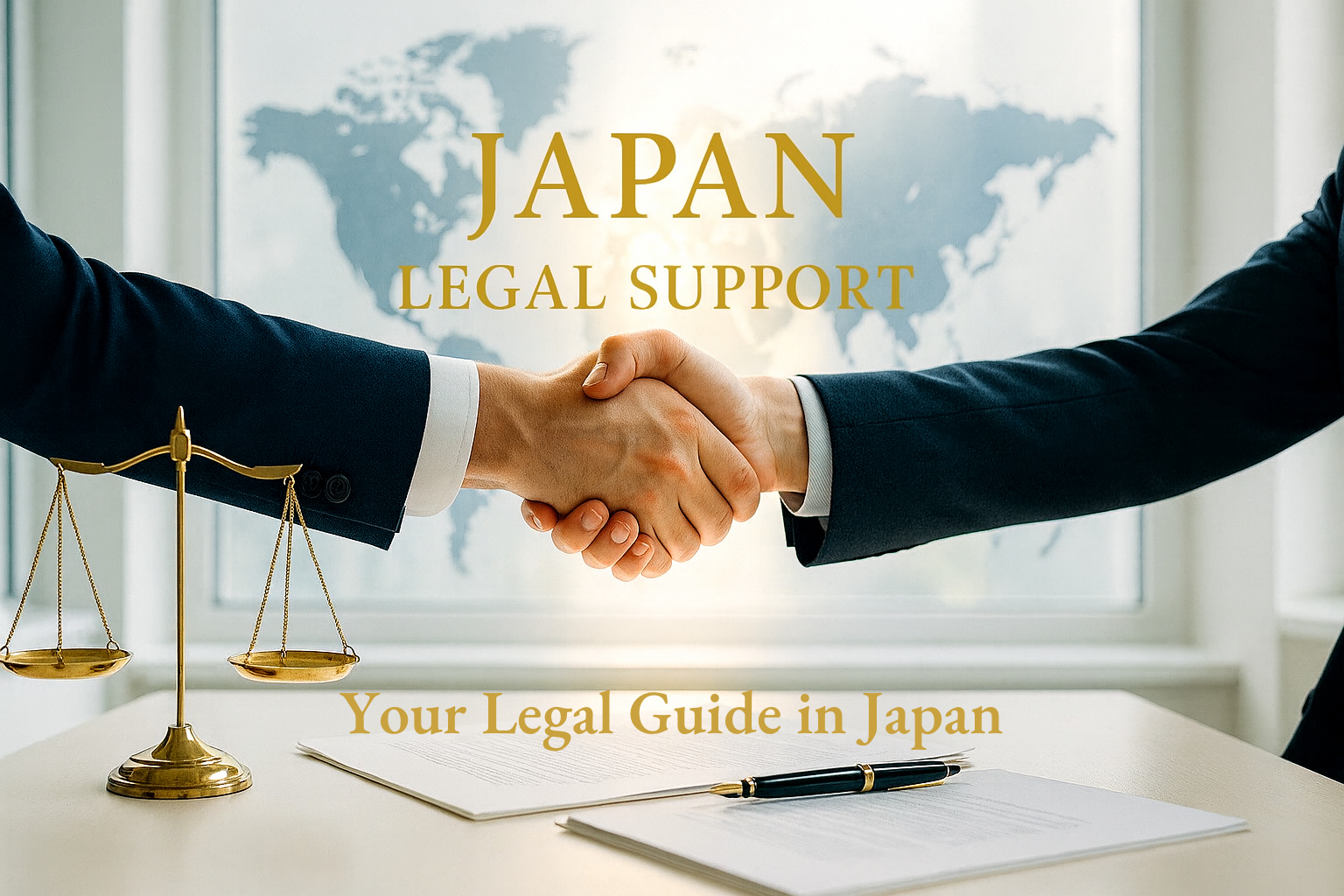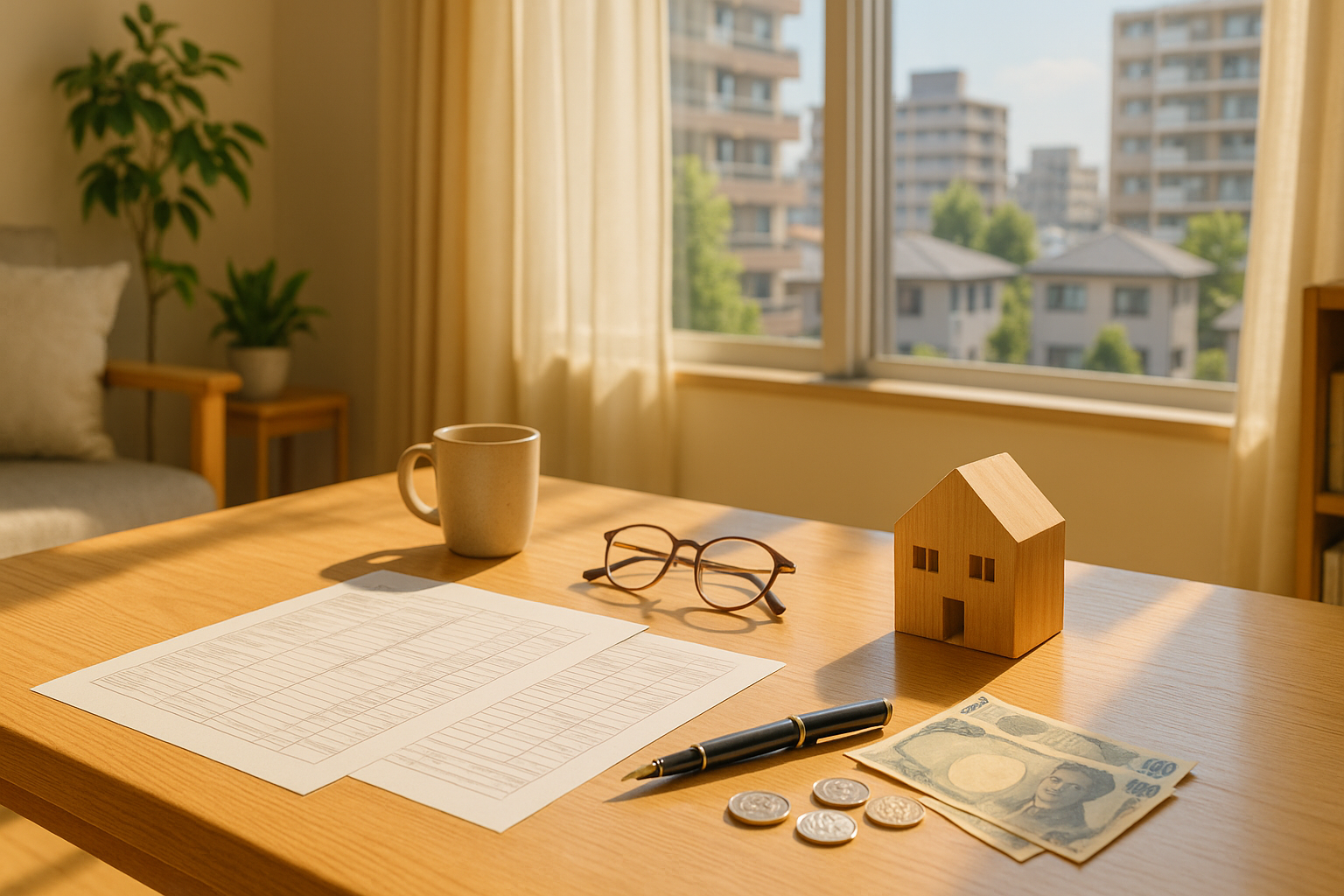Introduction
Resident Tax (住民税 / Juminzei) confuses many foreigners because it arrives months after you start working and it’s separate from income tax.
This guide focuses on what you actually need to do—and when—so there are no surprises.
What is Resident Tax?
Resident Tax is a local tax paid to your city or ward and prefecture, based on your previous year’s income.
It applies if you have an address in Japan on January 1 of the current year.
💡 In short: if you lived in Japan on January 1, you’ll pay Resident Tax to that city—no matter where you move later in the year.
How and When It’s Collected
Employees
If you work for a company, your Resident Tax can be collected in two different ways, depending on your employer and work situation.
① Special Collection (特別徴収 / Tokubetsu Choshu)
Your employer withholds Resident Tax from your monthly salary (June → following May) and sends it directly to the city office.
You’ll receive a notice showing your total and monthly tax amounts.
💡 This is automatic—you don’t need to visit the tax office or pay by yourself.
② Ordinary Collection (普通徴収 / Futsuu Choshu)
If your employer doesn’t handle Resident Tax (for example, you start mid-year, change jobs, or work for a small company), your city office will send you payment slips directly.
You must pay on your own, usually in four instalments (June, August, October, and January), or all at once at a convenience store, bank, or online.
💡 If you change jobs during the year, your previous employer’s withholding stops.
You’ll get payment slips until your new company takes over the collection.
Freelancers / Self-employed
If you’re self-employed, work as a freelancer, or run your own small business, your Resident Tax is always collected through ordinary collection (普通徴収 / Futsuu Choshu).
The city office sends you payment slips directly every year.
You’re responsible for paying it yourself—either in four instalments (June, August, October, and January) or as a single payment.
You can pay at a convenience store, bank, post office, or online (credit card / Pay-easy), depending on your city.
💡 Tip: Keep your payment receipts until the end of the year—they may be requested when applying for housing or visa renewals.
Foreigners’ Special Cases
First Year in Japan
Most newcomers don’t pay Resident Tax in their first year, because it’s based on last year’s income (which was outside Japan).
Your first Resident Tax bill usually starts from your second year in Japan.
Leaving Japan (moving abroad)
Resident Tax for the year is owed to the city where you lived on January 1—even if you move abroad later.
If you leave Japan after January 1 and still owe Resident Tax, contact your city office before departure.
You can either pay in a lump sum or appoint someone in Japan to handle your payments.
Moving within Japan
If you move to another city, you’ll still pay that year’s tax to the city you lived in on January 1.
After filing your Resident Record (住民票 / Juminhyo) move-out and move-in notices, your tax information will be transferred automatically.
Common Mistakes (to Avoid)
- Ignoring payment slips in June, thinking your employer already handles everything.
→ Only those under special collection have it withheld. Others must pay directly. - Assuming you don’t owe tax after leaving Japan.
→ If you had an address in Japan on January 1, you still owe Resident Tax for that year. - Not updating your address after moving.
→ Bills can be missed and lead to late fees. Visit your city or ward office (市役所 / 区役所) to update your Resident Record (住民票 / Juminhyo) right after moving. - Job change confusion.
→ When special collection stops, you must pay via ordinary collection until your new employer resumes withholding.
FAQ
Q: I started working last summer. Why did no Resident Tax come out of my salary?
A: Likely because it’s your first year in Japan. Resident Tax is based on the previous year’s income, so your first payment usually starts the following June.
Q: I left Japan in August. Do I still need to pay?
A: Yes. If you had an address in Japan on January 1, you owe Resident Tax for that year. Contact your city office to settle the payment.
Q: I switched jobs and now I’m getting payment slips—why?
A: Your new employer hasn’t yet started special collection, so the city sent you ordinary collection slips instead.
Q: Is the rate the same everywhere?
A: The basic structure is nationwide, but small differences exist between cities and prefectures.
Conclusion
Think timing: Resident Tax always looks back at last year’s income and is charged the following June.
If you’re changing jobs, moving, or leaving Japan, check which collection method applies—special or ordinary—so you don’t miss a payment.
👉 Related: [Taxes in Japan: A Complete Guide]
👉 Related: [Living and Working in Japan: First Steps]
Note: This article is written for foreigners living in Japan or planning to move to Japan. Conditions and requirements may vary depending on individual circumstances.




